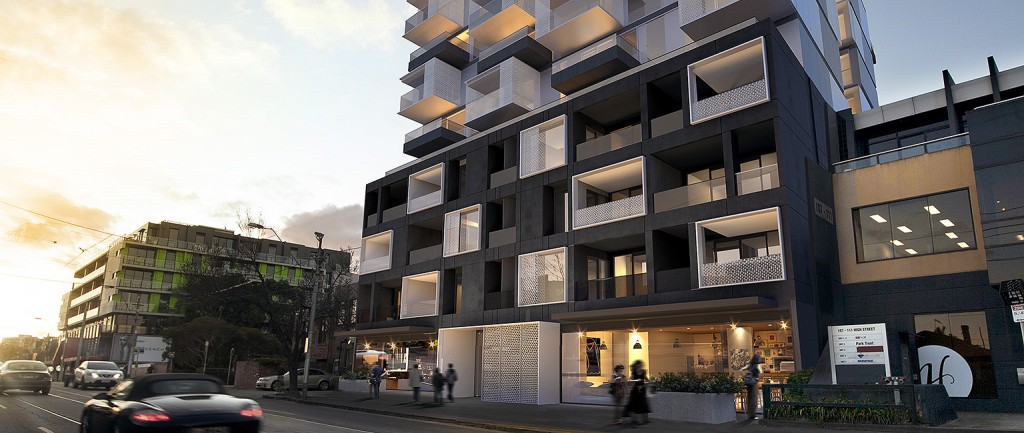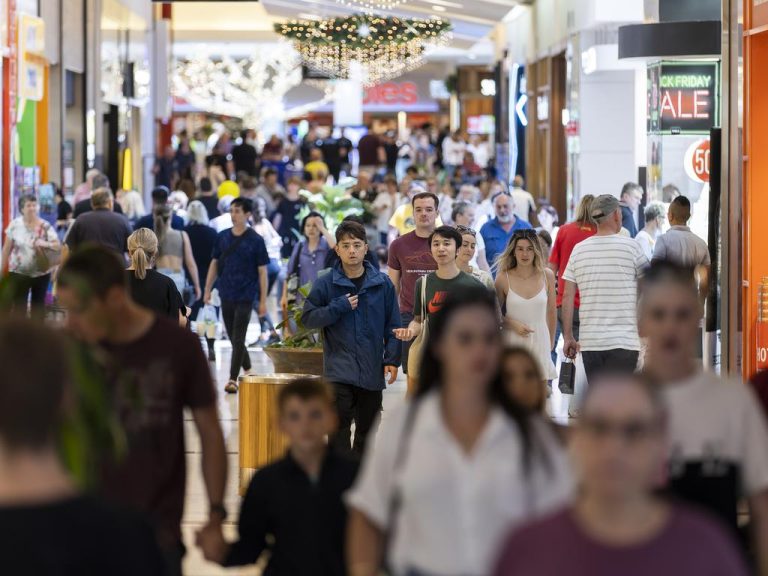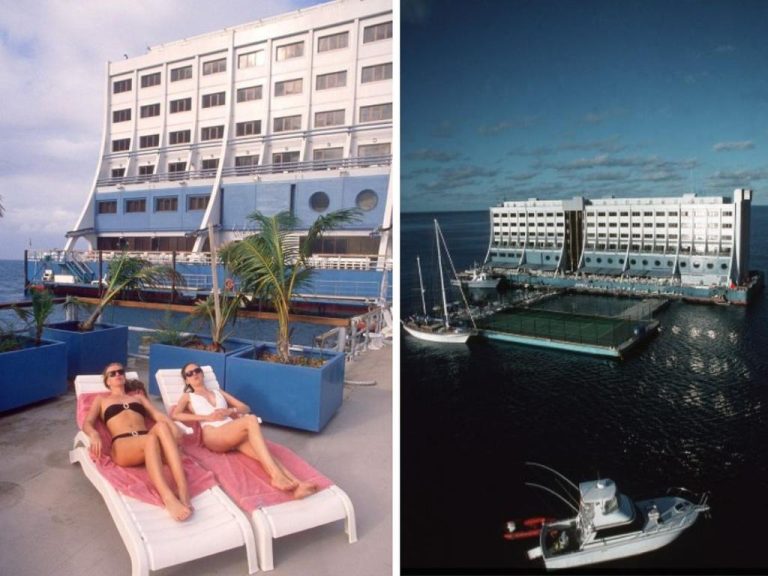Malaysian developer pays $3.8 million premium for Prahran site

Malaysian developer SP Setia has made another land grab in Melbourne, paying $10 million for a permitted site in inner-city Prahran.
The price for the 805sqm site at 103-105 High St was a $3.8 million premium on what its owner paid for it just 16 months ago, after heavy bidding at auction from both local and offshore developers.
It is SP Setia’s fourth land purchase in Melbourne, with the developer set to build $38 million worth of residential apartments on its latest acquisition.
The site, close to the popular Chapel St and Greville St retail strips, has permits for seven levels of apartments, ground floor retail and office space and 63 car parks. Is is currently home to a car wash and an American-style diner restaurant.
Colliers International’s Trent Hobart, Hamish Burgess and Ben Baines sold the property on a land rate of $11,765 per square metre – the first time a site in the area had sold for more than $10,000 per square metre, outside of the nearby Forest Hill high-density precinct.

The site at High St in Prahran sold just 16 months ago for $6.2 million.
Burgess says developers are desperate to get their hands on land as the pool of potential development sites dwindles.
“Opportunities are becoming fewer and fewer in this sought after area, particularly opportunities that come with a permit of this calibre,” he says.
“Not surprisingly, this auction was hotly contested, with numerous bidders and a 150-plus strong crowd.”
“Established offshore entrants in the Melbourne market are now looking to recycle funds from their initial projects, creating another wave of aggressive bidding for well located, blue chip, permitted development sites.”
Hobart says demand for land is being driven by owners being more inclined to hold onto their properties in the current market.
“Opportunities like this are very rare at the moment. The reason for this is that the market to sell the end product is so good that the land owners have low incentive to sell their sites. In light of this we are not surprised by the high levels of interest that were generated,” he says.







